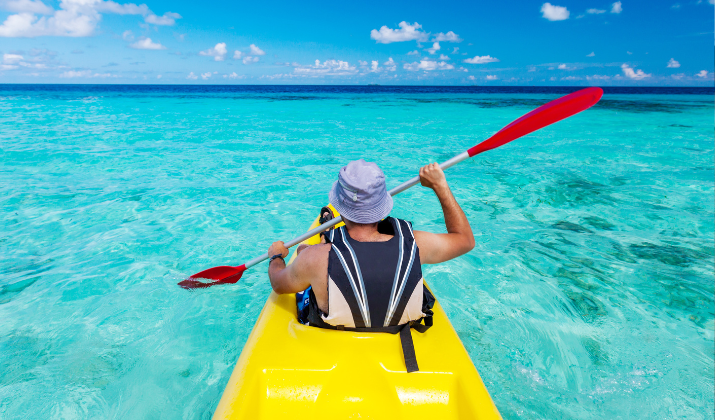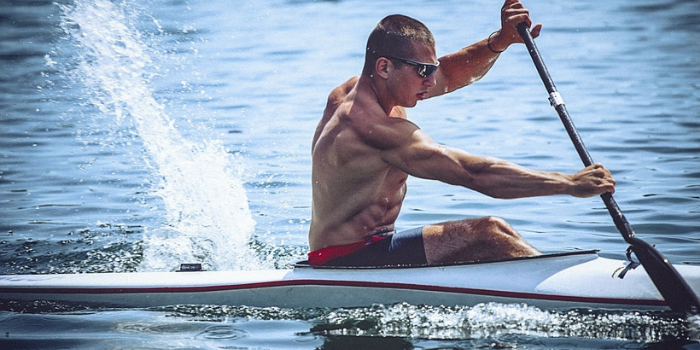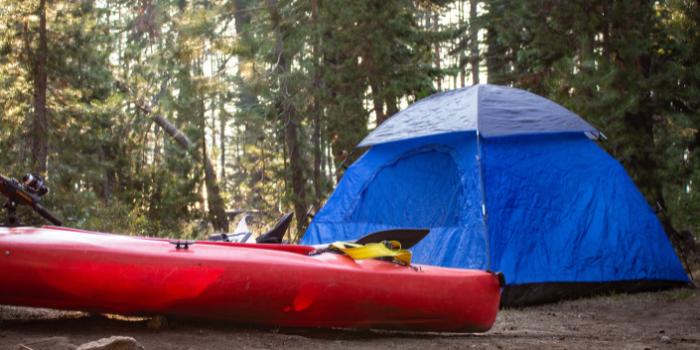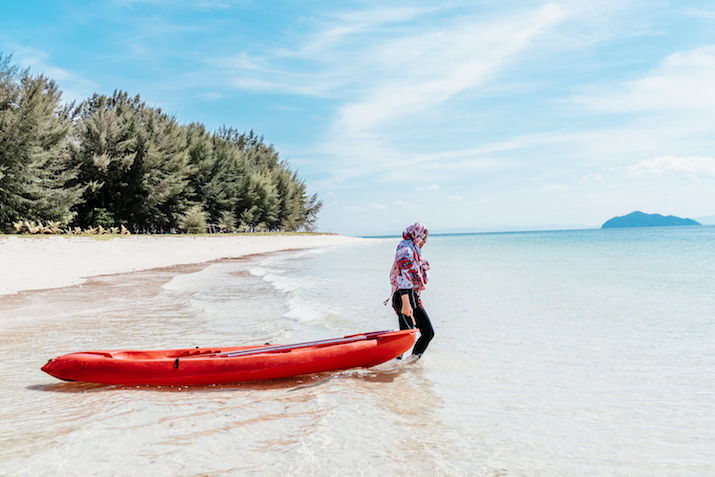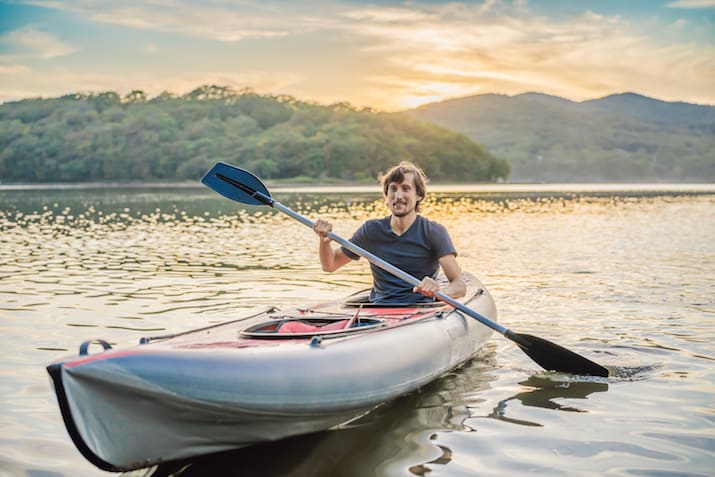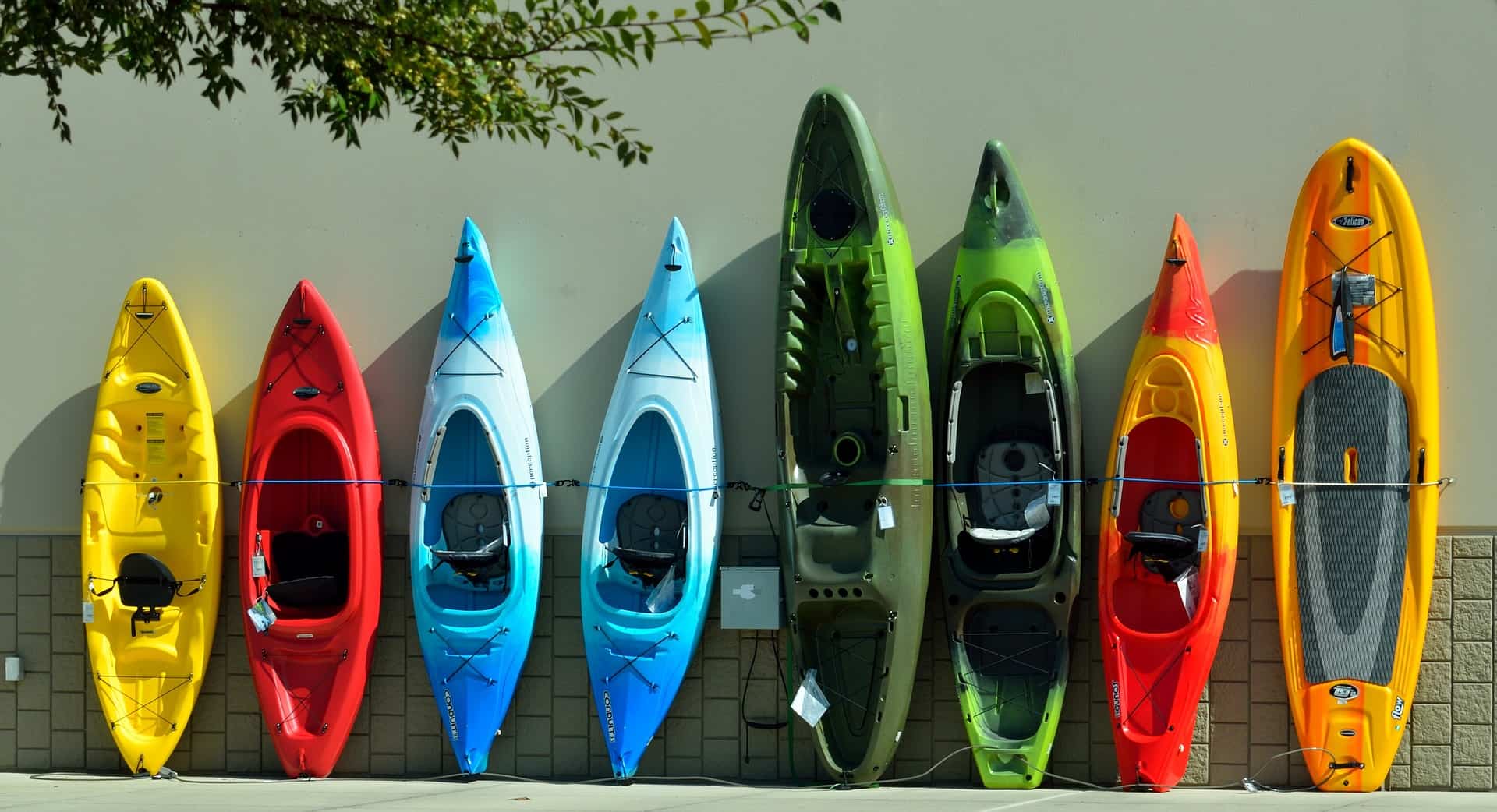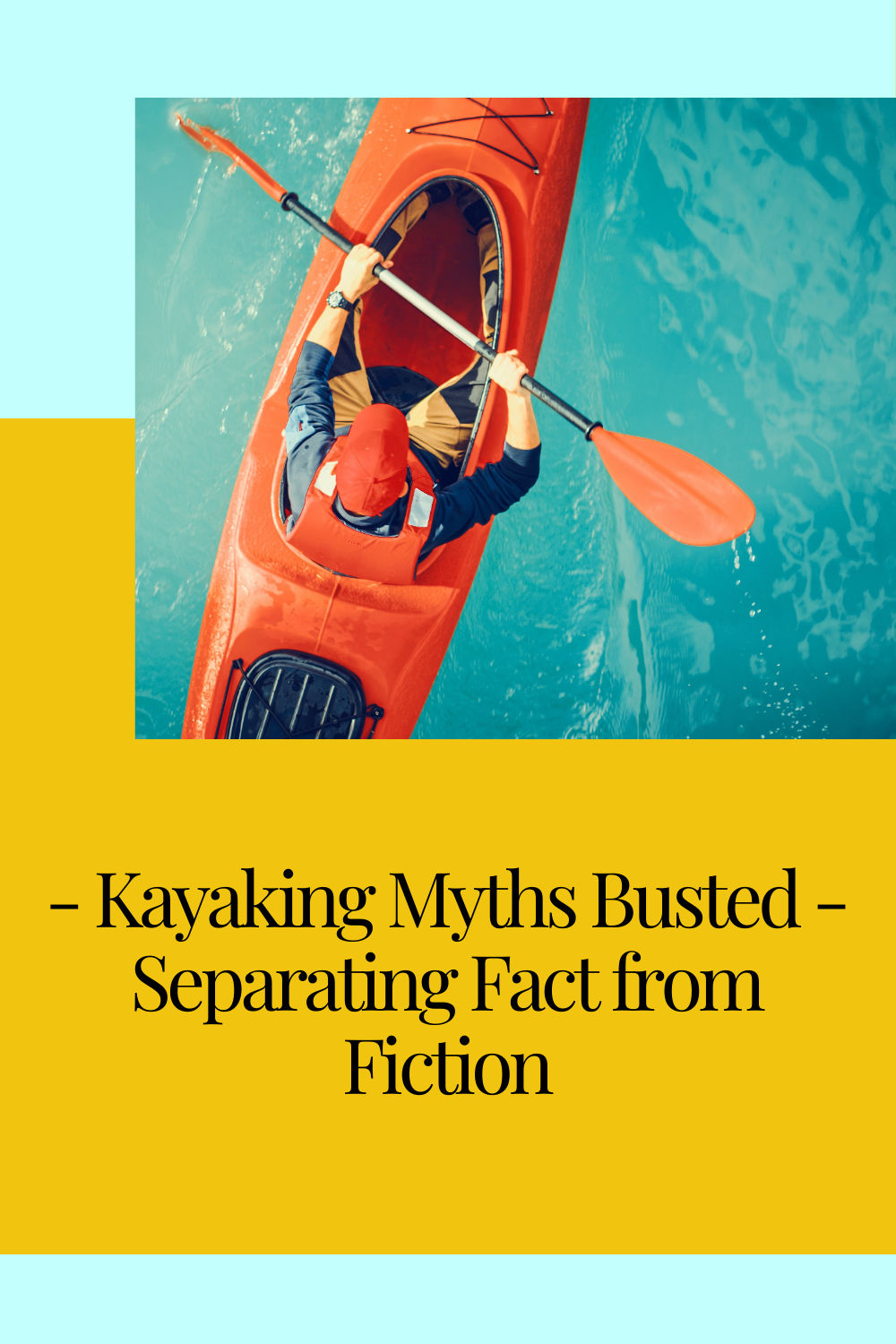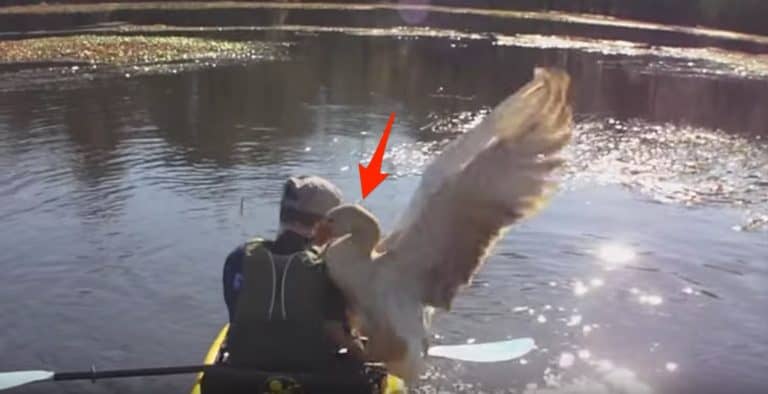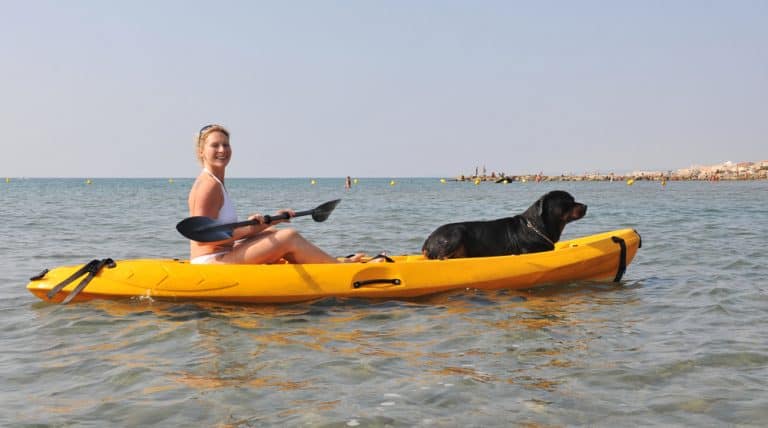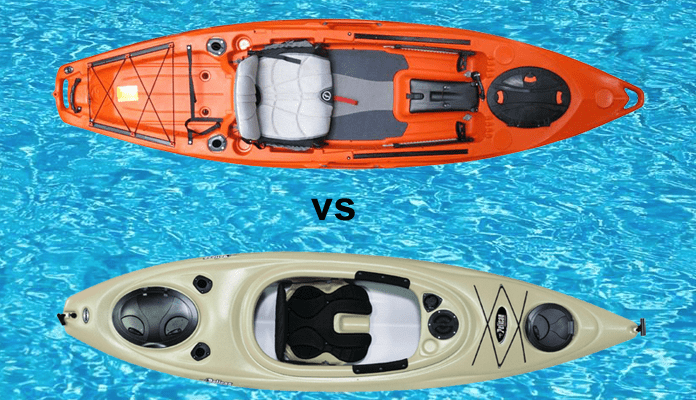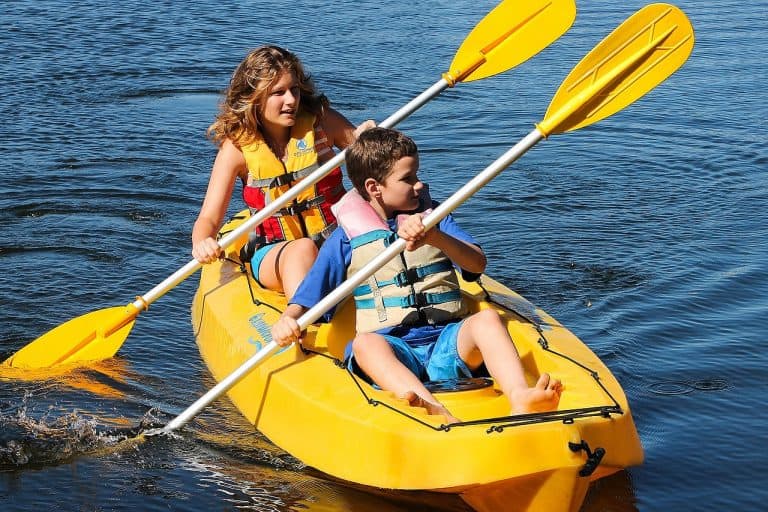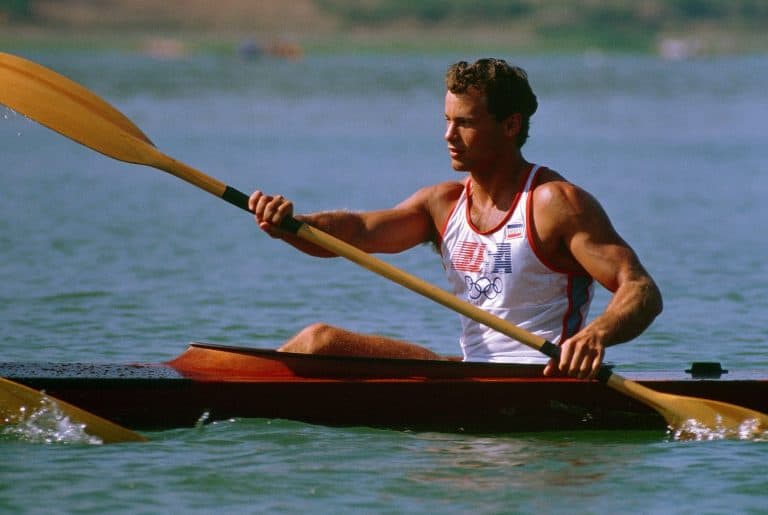As an avid kayaker with years of experience paddling various waters, I’ve encountered numerous misconceptions about this fantastic sport.
Today, I’m going to debunk some of the most common kayaking myths I’ve come across.
Whether you’re a newbie contemplating your first paddle or a seasoned pro, understanding the truth behind these myths can enhance your kayaking experience and safety.
Also Read: Fascinating Kayaking Facts
Myth 1: Kayaking is Only for the Super Fit
Let’s start with a biggie. I can’t count the number of times I’ve heard people say, “I’m not fit enough for kayaking.” This couldn’t be further from the truth!
While it’s true that kayaking can provide an excellent workout, it’s not exclusively a high-intensity sport.
Kayaking is adaptable to various fitness levels. I’ve taken friends out on calm lakes who haven’t exercised in years, and they’ve had a blast.
The key is to start with shorter, easier trips and gradually build up your endurance. Modern kayaks are designed for stability and ease of use, making them accessible to people of all ages and fitness levels.
That said, if you’re planning on tackling whitewater rapids or long-distance sea kayaking, you’ll definitely want to build up your strength and endurance.
But for recreational paddling? Almost anyone can do it!
Myth 2: Kayaks Tip Over Easily
This is a fear I hear from many first-time kayakers. While it’s true that kayaks can capsize, it’s not nearly as common or easy as many people think.
Most recreational kayaks are designed with stability in mind, featuring wide, flat bottoms that make them surprisingly difficult to tip over.
In my years of kayaking, I’ve only capsized a handful of times, and those were in challenging conditions or when I was pushing my limits in whitewater. For calm water kayaking, it takes a significant effort or very rough conditions to flip a kayak.
However, this doesn’t mean you shouldn’t be prepared. Try learning proper techniques for re-entering your kayak in case of a capsize. It’s a valuable skill that can boost your confidence on the water.
Myth 3: You Need Expensive Gear to Start Kayaking
Most new kayakers think that they need top-of-the-line everything. But that’s not true.
While quality gear can enhance your experience, you don’t need to break the bank to get started.
Many beginners can start with rented equipment or budget-friendly options. The essentials are a kayak, paddle, and personal flotation device (PFD).
As you progress and decide what type of kayaking you enjoy most, you can invest in more specialized gear.
I started with a second-hand recreational kayak and basic paddle.
Over time, I upgraded my equipment as I explored different types of kayaking. Remember, it’s more important to get out on the water than to have the fanciest gear.
Myth 4: Kayaking is Dangerous
I’ve heard many people express concern about the dangers of kayaking. While like any outdoor activity, kayaking does involve some risks, it’s generally a very safe sport when practiced responsibly.
Most kayaking accidents occur due to lack of preparation, poor judgment, or failure to follow basic safety guidelines.
In my experience, the key to safe kayaking is knowledge and preparation. This includes:
- Always wearing a properly fitted PFD
- Checking weather conditions before heading out
- Knowing your limits and the difficulty of your route
- Carrying essential safety gear
- Never kayaking alone, especially as a beginner
By following these guidelines, I’ve enjoyed countless safe and exciting kayaking adventures. The perceived danger often comes from misconceptions rather than reality.
Myth 5: Kayaking is Only a Summer Activity
I used to pack away my kayak as soon as the leaves started to turn. What a mistake that was! Kayaking can be a year-round activity, depending on your location and the type of kayaking you enjoy.
In fact, some of my most memorable kayaking experiences have been during the off-season.
Fall foliage reflected in still waters, the tranquility of a misty spring morning, or the unique beauty of a snow-lined shore in winter – these are experiences you miss if you limit yourself to summer paddling.
Of course, off-season kayaking requires additional preparation and safety measures. Proper clothing to prevent hypothermia, understanding changing weather patterns, and being aware of shorter daylight hours are crucial.
But with the right preparation, kayaking can be enjoyed in every season.
Myth 6: You Need to Know How to Swim to Kayak
While being a strong swimmer can certainly be beneficial, it’s not an absolute requirement for kayaking. I’ve taken non-swimmers out kayaking many times, always ensuring they wear a properly fitted PFD.
The PFD is your primary safety device, designed to keep you afloat even if you can’t swim. However, I do recommend that non-swimmers take some basic water safety courses and practice getting in and out of a kayak in shallow water before venturing out.
Remember, most recreational kayaking happens on calm waters where swimming abilities are less critical. The key is to always respect the water and never paddle beyond your comfort zone.
Myth 7: Kayaking is a Solo Sport
When I first started kayaking, I thought it was all about solitary adventures and connecting with nature alone.
While that can certainly be part of it, I’ve found that kayaking can be an incredibly social activity.
Tandem kayaks allow you to paddle with a partner, sharing the experience and workload. Group kayaking trips can be fantastic social outings, combining outdoor adventure with camaraderie.
I’ve made some of my closest friends through kayaking clubs and group expeditions.
Even when paddling solo, you’re often part of a broader community. Fellow kayakers are generally friendly and supportive, always ready to offer advice or assistance.
The social aspect of kayaking has been one of the most rewarding parts of the sport for me.
Myth 8: Kayaking is Boring
I’ve heard people describe kayaking as “just sitting and paddling.” Nothing could be further from the truth! Kayaking offers an incredible variety of experiences and challenges.
From the adrenaline rush of navigating whitewater rapids to the meditative calm of gliding across a still lake at sunrise, kayaking can be as exciting or as peaceful as you want it to be.
I’ve used my kayak for fishing, wildlife photography, camping trips, and even participatingin races.
The diversity of kayaking experiences is one of the things I love most about the sport. You can tailor your kayaking adventures to suit your interests and mood.
Want a workout? Paddle against the current or wind. Seeking relaxation? Drift along a calm river and enjoy the scenery. Looking for excitement? Try surf kayaking or running rapids.
Myth 9: You Need a Roof Rack to Transport a Kayak
When I first considered buying a kayak, I was worried about how I’d transport it. I thought I needed an expensive roof rack system. While roof racks are great, they’re not the only option.
Many recreational kayaks are short and light enough to fit in the back of an SUV or pickup truck. Inflatable kayaks have become increasingly popular, offering surprising performance while packing down to fit in a car trunk.
For those without suitable vehicles, kayak trailers are an option. I’ve even seen creative solutions like using pool noodles and straps to secure a kayak to a car roof without a dedicated rack.
The point is, don’t let transportation concerns keep you from kayaking. There’s almost always a solution if you’re creative.
Myth 10: Kayaking is Expensive
Like many outdoor sports, kayaking can be as expensive or as budget-friendly as you make it. Yes, you can spend thousands on top-of-the-line equipment, but you certainly don’t have to.
I started kayaking with minimal investment, renting equipment for my first few outings. When I decided to buy my own gear, I found great deals on used equipment.
Many areas have seasonal gear swaps where you can find quality used kayaks and accessories at fraction of their original cost.
Even if you prefer new equipment, entry-level recreational kayaks are relatively affordable. When you consider the years of enjoyment and exercise you can get from a kayak, it’s actually a very cost-effective hobby.
Myth 11: All Kayaks are the Same
This is a misconception I often encounter among non-kayakers. The truth is, there’s a wide variety of kayak types, each designed for specific uses and conditions.
Recreational kayaks are wide and stable, perfect for calm waters and beginners. Touring kayaks are longer and sleeker, designed for covering distances on open water.
Whitewater kayaks are short and highly maneuverable for navigating rapids. Sit-on-top kayaks are great for warm weather and easy entry and exit.
Understanding the differences between kayak types can help you choose the right boat for your needs and improve your paddling experience. I own several types of kayaks, each serving a different purpose in my kayaking adventures.
Myth 12: Kayaking Requires a Lot of Upper Body Strength
Many people assume that kayaking is all about arm strength. In reality, proper kayaking technique relies more on core strength and torso rotation than arm power.
When I teach newcomers, I emphasize the importance of engaging their core and using their whole body to paddle, not just their arms. This not only makes paddling more efficient but also reduces the risk of fatigue and injury.
That said, kayaking is an excellent way to build upper body and core strength over time. I’ve noticed significant improvements in my overall fitness since I started kayaking regularly.
Conclusion
Kayaking is a diverse, accessible, and rewarding sport that often suffers from misconceptions.
By busting these myths, I hope I’ve encouraged you to give kayaking a try or to expand your kayaking horizons.
Remember, the best way to truly understand kayaking is to experience it yourself. Start small, prioritize safety, and don’t be afraid to ask for help or advice from more experienced paddlers.
Before you know it, you might find yourself addicted to the unique blend of adventure, relaxation, and connection with nature that kayaking offers.
So grab a paddle, get out on the water, and start creating your own kayaking stories.
Who knows? You might even end up busting a few myths of your own along the way!

